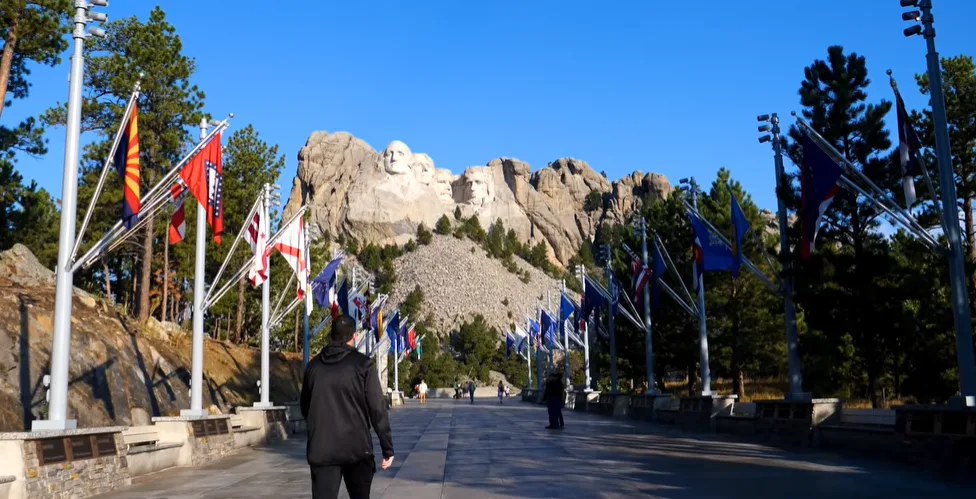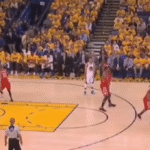NYCN The meaning of Mt. Rushmore has changed as it is no longer talked about in the context of mountains and presidents but more in the context of legacies, identities, and lore that a franchise can amass in the course of a century. The Bleacher Report series, Every NBA Team Mount Rushmore of the Century, had accomplished just that: condensed each team’s four best players since 2000 into pertinent bricks chiseled out, marks imprinted.
- When Fame Intersects Franchise: The Warriors’ Four Who Represent a Dynasty
- The Indiana Mt Rushmore: a spectrum of generations
- Mount Rushmores are not Monuments; they are conversations.
- Mount Rushmore Methodology: More Than a Summation
- Iconic Quads Table: a Team-by-Team Snapshot
- Why this matters: The Apollo 11 Franchise Memory in the Present of Streaming
So what is the process behind building such monuments, how they represent the culture of the teams as Golden State, Houston, and Indiana, and why each of the faces carved at these virtual mountains is essential?
When Fame Intersects Franchise: The Warriors’ Four Who Represent a Dynasty
An example should be taken by the Golden State Warriors, whose hundred includes Stephen Curry, Klay Thompson, Draymond Green, and Andre Iguodala, who top Rushmore. Markedly, they were all central figures in the four-title spree that Golden State caught in the century.
- Curry didn’t just win a unanimous MVP; he changed basketball’s DNA with his range and gravity.
- Draymond was the cerebral glue, orchestrating defense and transition with instincts.
- Thompson may be the second-greatest shooter ever, the perfect spline to Curry’s arc.
- Iguodala embodied selfless defense, even sacrificing starting roles to define Finals MVP runs.
There is more to them than a symbol of success; their combination created a culture of self-sacrifice, small-ball brilliance, and mental edge that transformed modern hoops.
Rockets’ Mount Rushmore: Adding Player Starpower To Team Identity
In Houston, the four carved in granite are Yao Ming, James Harden, Shane Battier, and Clint Capela.
- Yao was a global bridge at 7’5”, an All-Star, and the face of the NBA for millions in China.
- Harden brought MVP efficiency and scoring acclaim, anchoring Houston as a Western power.
- Battier, the analytical darling, embodied “No-Stats All-Star” through defense and team-first commitment.
- Capela anchored the paint, offering rim protection and a consistent lob threat.
This quartet spans eras, Yao marking early 2000s globalization, Harden conjuring highlight runs, and Battier and Capela sustaining identity through analytics and grit.
The Indiana Mt Rushmore: a spectrum of generations
The Pacers’ century faces: Reggie Miller, Paul George, Jermaine O’Neal, and Tyrese Haliburton.
- Miller is the franchise anchor, the long-time face of Indiana’s offensive fire, and the top in franchise points, threes, assists, and steals.
- O’Neal carried the franchise during its early 2000s peaks and remains one of the Pacers’ top rebounders and defenders.
- George brought All-NBA two-way versatility during Indiana’s recent playoff runs.
- Haliburton embodies modern leadership back-to-back Eastern Conference Finals, NBA Finals, and franchise reboot.
This quartet isn’t just about stats, it’s about evolving eras: from Miller’s clutch game to Haliburton’s generational promise.
Mount Rushmores are not Monuments; they are conversations.
The procedure is both artistic and arguable. These mountains change with time. Fans consider sentiments, statistics, titles, and cultural uplift. On Reddit forums, users create their own Rushmores, picking players that should represent the team, a certain period of time, or the emotional attachment.
One user in Boston chose Russell, Bird, Havlicek, and Paul Pierce as a recent timepiece of a dynasty. Another panel decided on Knicks icons such as Frazier, Reed, Ewing, and even recent hero Brunson, a pointer that Boston may follow suit soon under the local spotlight.
Mount Rushmore Methodology: More Than a Summation
These honorees share throughlines that transcend stat lines:
- Era framing – They define the team’s spirit in each epoch.
- Team identity – Defense, shooting, globalization, consistency.
- Legacy impact – Stat categories, finals success, or cultural footprint.
- Narrative spark – Who do the fans mention first in a quiet conversation?
For franchises like Golden State or Indiana, these choices feel inevitable. But for others, like Detroit, the echoes of success blur, making decisions more about context than championships.
Iconic Quads Table: a Team-by-Team Snapshot
Team |
Warriors |
Rockets |
Pacers |
All-Time Four |
Curry, Thompson, Green, Iguodala |
Yao, Harden, Battier, Capela |
Miller, O’Neal, George, Haliburton |
Legacy Link |
Dynasty & Cultural Revolution |
Global icons & analytics core |
Generational continuity |
Why this matters: The Apollo 11 Franchise Memory in the Present of Streaming
In a league where players frequently relocate, Mount Rushmore choices root franchise memory. They shape fan identity, stadium lore, and brand narratives. These sets celebrate not just excellence but emotional geography, a touchstone for revenue, nostalgia, and future storytelling.





